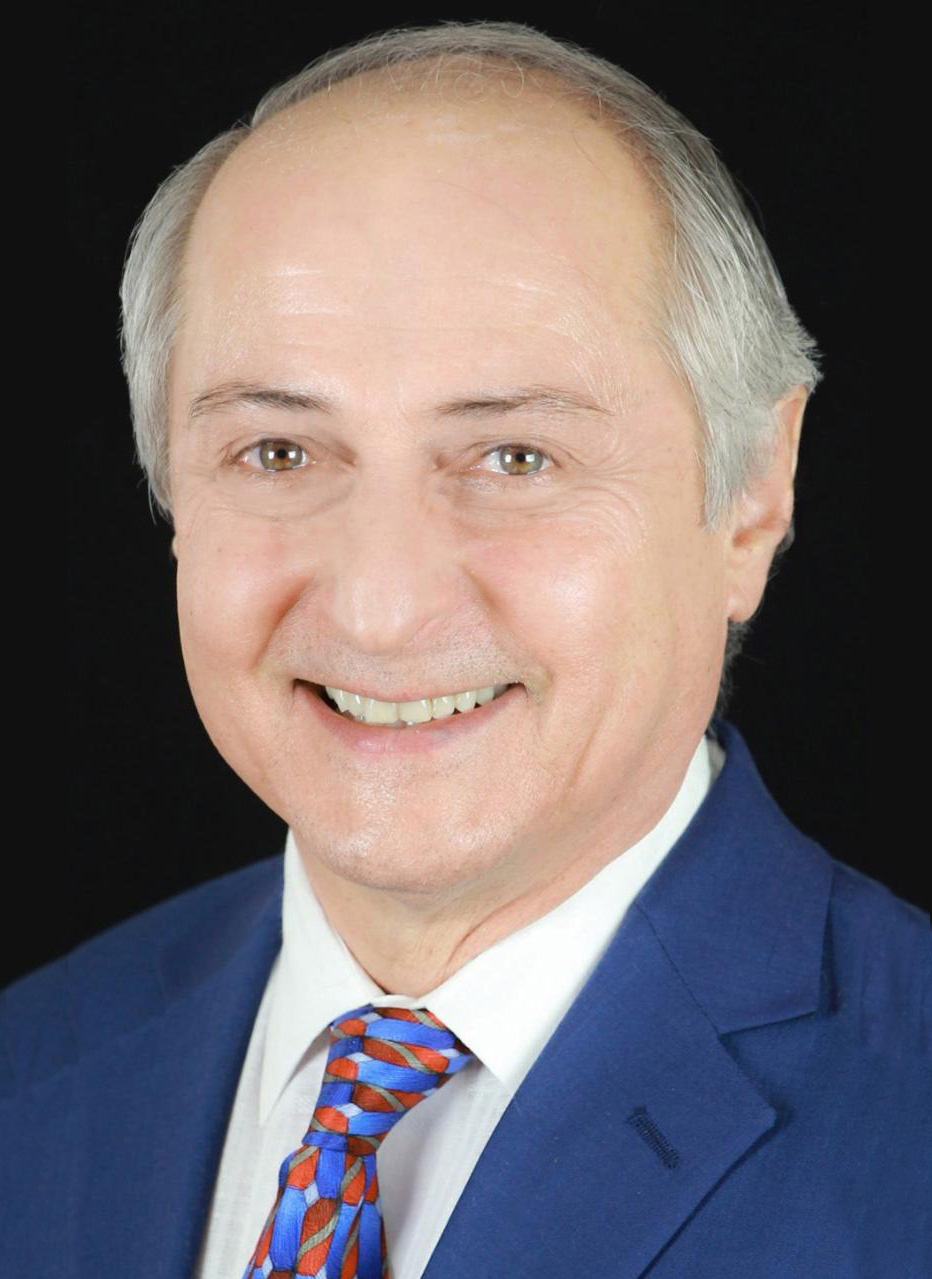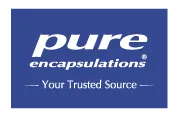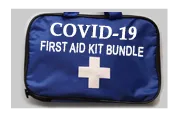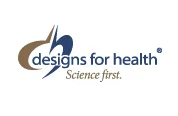The Occipitoparietal Torque: A New Cranial Lesion
By William M. Maykel, DC., DIBAK
Presented at the International College of Applied Kinesiology-USA
Annual meeting 2008–2009, p. 239–240
Abstract: The author discussed the discovery of a new cranial lesion utilizing the challenge technique of PAK, which is the occipito-parietal torque or perhaps better understood as the “reverse fruit jar” or the upper component of the lateral occiput. This lesion I believe represents the rear counterpart to the frontal-maxillary rotation, probably better known as the “fruit jar” based on its corrective description.
Discussion: One day last summer, a female patient presented with left-sided head, neck and shoulder pain. Visually postural analysis revealed an elevated left occiput by one inch. Further examination revealed multiple cranial structural dysrelationships as follows: jammed midline sutures (cruciate and sagittal), right parietal descent, left temporoparietal bulge, bilateral sphenobasilar strains with bilateral internal frontals and external zygomas. Both lambdoidal sutures were also jammed.
The rest of her musculoskeletal system revealed a similar degree of stress. Both tarsal tunnels were strained, bilateral lateral tali and externally rotated tibias. She also had a bilateral sacroiliac strain with a tight posterior, left anterior sacroiliac joint complex. This was corrected with the patient supine along with multiple cervical spinal dysarthrias (C5, 6, 7 showed vertebral body rotation left, right, left and C1, 2, 3 were rotated right, left, right). The left clavicle was superolateral. Both the left subclavius and sternocleido-mastoid were strengthened.
Next I corrected a holographic TMJ lesion. I have found that the mandible will bend along the syphysis menti causing a posterior inferior bend on the side of occipital laterality, in this case a left lateral occiput. This will therapy localize over the TMJ with closure and mild clenching. It is corrected with a double palmar contact on the mandible with respiratory correction to unbend the mandible upon itself. The patient is seated facing the doctor. The mandible is surrounded with a bilateral open hand contact with the doctor’s palms together and open fingers of each hand firmly contacting each ramus of the mandible. The doctor’s right hand is on the patient’s left TMJ and vice versa with their left hand on the right TMJ. The correction is a firm pulling forward and up with the right hand and a simultaneous pushing backward and downward with the left while the patient breathes in. Imagine the axis of this rotation to be mid mandible at the symphysis menti. Two or three respirations with force on inspiration is all it takes. This is always present with a lateral occiput and gives great relief for TMJ and headache complaints.
The patient’s entire spine was next corrected prone. This included the following listings:
- Category I, right
- L3, 4, 5 – right, left, right
- T10, 11, 12 – right, left, right
- T1-5 left rotated with associated left ribs lateral
I next had the patient stand up fully expecting a level occiput. To my surprise it appeared the same- still one inch high on the left. Out of utter frustration, I thought about everything I had just done and suddenly thought that much like the front of her head with the frontals left – maxilla right that perhaps the opposite broad based torque was occurring at the back of her head as a continuum of the rotational strain pattern. So I had her lie prone and challenged en mass the occiput left and parietals right founding a positive weakness. I corrected it with respiration and was amazed to find a level head! Since then I have found this lesion to be quite common. The challenge is not rotational like the interosseus/universal cranial but a straight left/right shear of the occiput versus the parietals. Let me know your findings.








